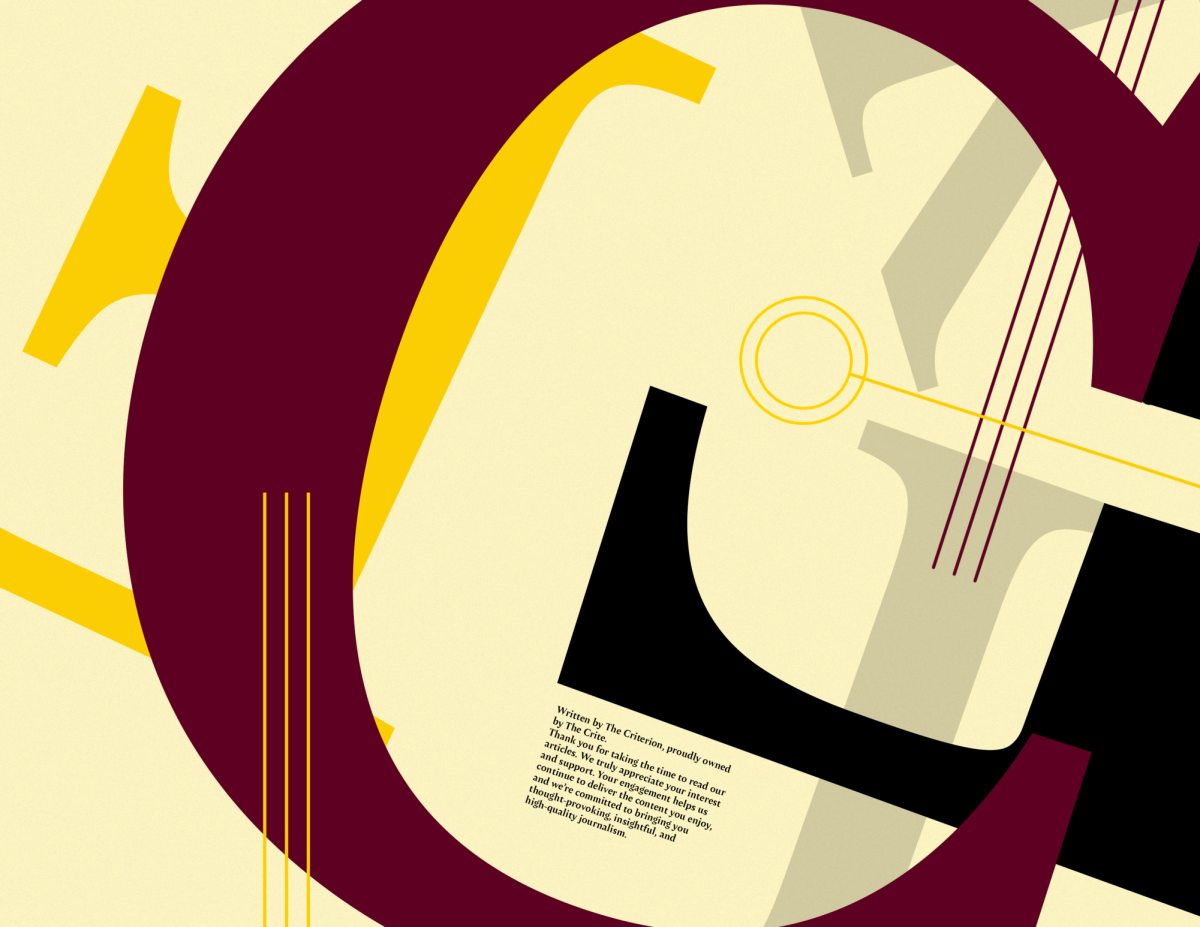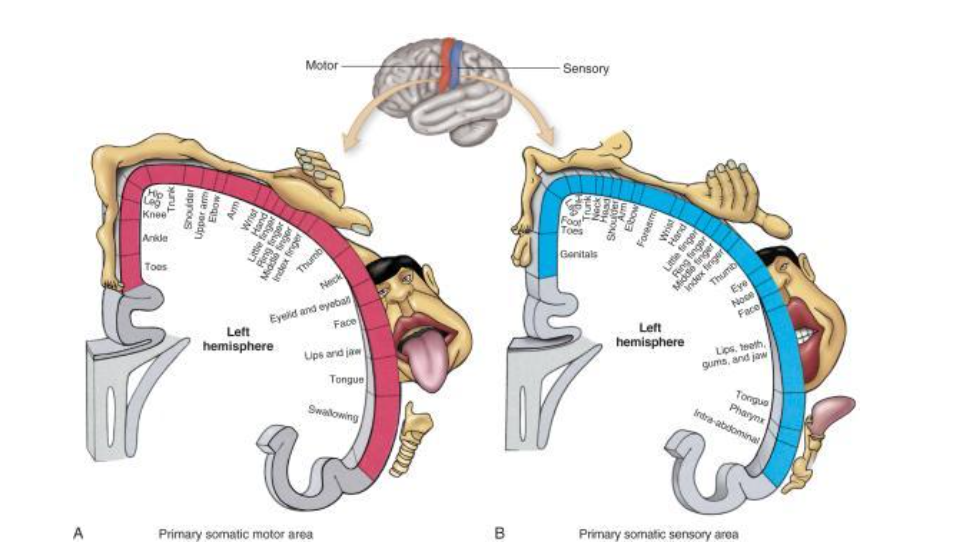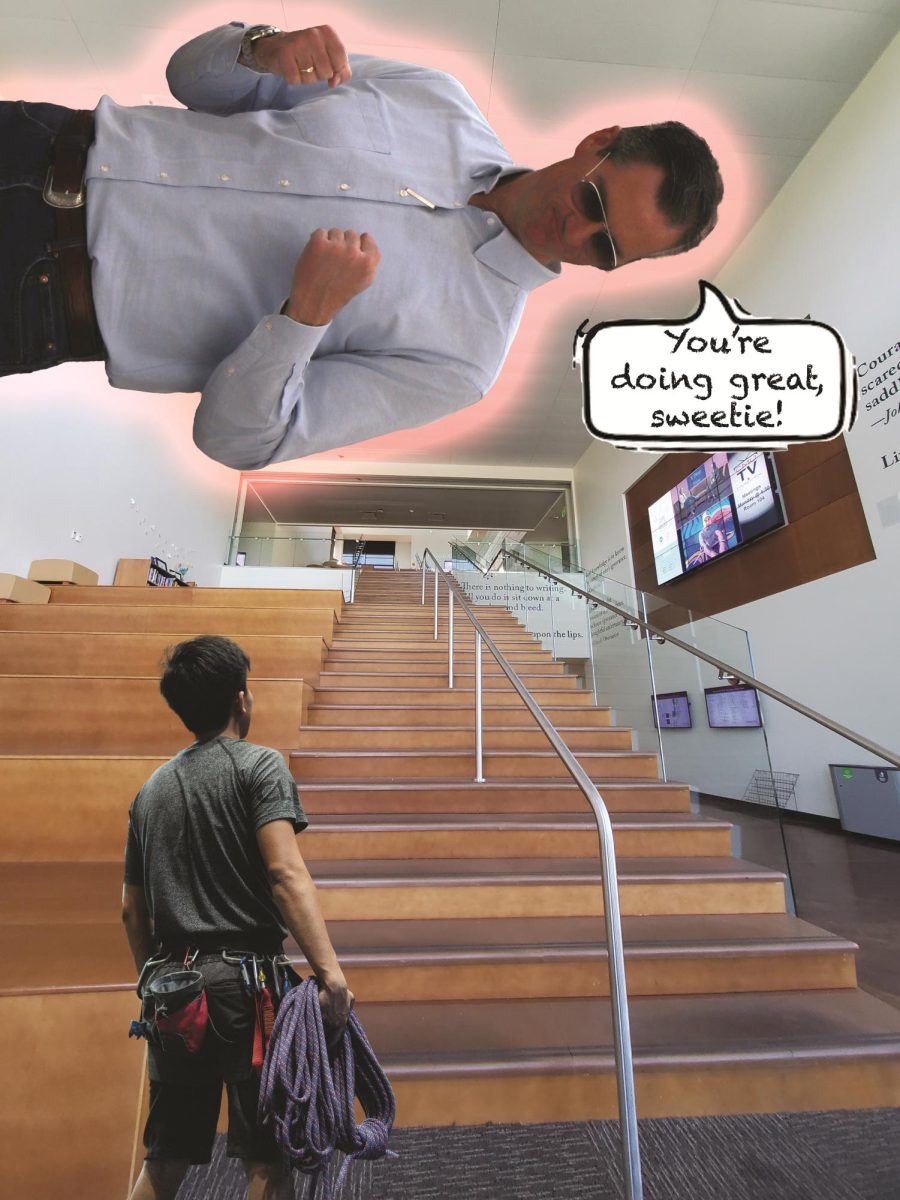Recently a lot of contention resulted from the editorial, “Student apathy makes CMU look bad.” Ironically, the amount of response received over the opinion piece only served to cement the validity of its claim. Here’s the proof through a breakdown of the numbers. People may lie, but numbers never do.
One of the big beefs came from the example used to depict student apathy regarding community outreach. Some readers elected to use the example of the Men in Heels Race as the subject matter of the article rather than the tool it was intended to be: the most recent example of a missed opportunity to send a powerful positive message.
In selecting the race as the primary focus, readers insisted that it was not so much a matter of apathy as a lack of knowledge the event was even taking place. This claim came after reading the online posting of the editorial.
Since the articles announcing and promoting the race were on the same website and shared on the same Facebook page as the editorial, it made for easy side-by-side comparisons. The lack of knowledge had nothing to do with a lack of prior information. Rather, it was a lack of readership.
A mere 24 hours after publication, the editorial had been read by over two thousand individuals. However, the first announcement of the race, “Men in Heels,” was published Aug. 23, yet had only been read by 432 individuals. The announcement that the Associated Student Government approved a two thousand-dollar donation appeared Aug. 31 under the headline, “ASG donates $2000 to the Men in Heels cause.” That article was clicked on 606 times.
[media-credit id=52 align=”alignleft” width=”200″] [/media-credit]
[/media-credit]
When ASG President Beau Flores agreed to run on The Criterion’s team, “Flores wears heels to support Latimer House” appeared on Sept. 3 and garnered 537 clicks. After the race, “Men in Heels Race raises 32K for Latimer House” was published on Sept. 16 and was read by 299 individuals. The total clicks for those articles was 1,874; nearly two hundred less than the editorial claimed in a single day.
Additionally, the print editions of The Criterion contained the previously mentioned articles. Every building on campus held racks of newspapers with a picture of Flores trying on heels on the front page. Also worth mentioning, The Criterion had status updates on social media for the sole purpose of promoting the race.
We were therefore surprised by the number of people who claimed to have no knowledge of the event prior to it happening. They walked past the racks on their way to class and must have scrolled past the Facebook posts and website articles.
Regularly walking past the racks without so much as looking down to see the picture or headline can be attributed to the busy schedules students keep. We already know that it’s primarily faculty and staff that actually pick up the printed paper to read it.
However, scrolling past the articles on the website and social media platforms is more telling. One could make the reasonable argument that few individuals read the articles because few individuals cared about the subject enough to click on it.
The claim, then, that there was no knowledge about the event when there had been 22 days-worth of advance notice online and in print has little ground to stand on.
It seems far more likely that the lack of knowledge stemmed from a lack of interest. A synonym for lack of interest is apathy. That lack of interest, or apathy, extends to nearly all the positive message articles we print.
[media-credit name=”Courtesy of CMU theater arts department facebook” align=”alignright” width=”300″] [/media-credit]
[/media-credit]
Information about the CMU teaching hotel gained 306 reads, the growth of CMU foundation fundraising gifts netted 249 clicks, the article about the club fair collected 205 readers and the feature about the student-directed play “Assassins” was read by 286 individuals. Even football, arguably the most popular sport at CMU, could not merit a lot of attention, with 387 views on the latest game recap.
The list goes on, but the point should have been made. With a population of 11 thousand students, even five hundred views amount to 4.5 percent. When the alumni and parents that read the online edition are factored in, the percentage of interested students gets even lower.
It is frustrating, then, to look at the numbers and come away with the conclusion that the only thing that seems to generate student interest is to point out their lack of interest. Then, we are suddenly unreasonable hate-mongers who thrive on negativity.
That simply isn’t true. We love CMU and we are extremely proud to be Mavs. We just want our Mavily to show the community what we already know to be true: Mavericks are caring and compassionate people that don’t fit the negative stereotype depicted by a very small percentage of our population.
[media-credit id=2 align=”alignleft” width=”300″] [/media-credit]
[/media-credit]
Was the wording in “Student apathy makes CMU look bad” strong and distasteful to many of our readers? Yes. That has been made very apparent. Should we have tried to use a less accusatory tone? I think the case could be made for that.
However, does that mean the message was wrong? I’d say the numbers alone say it was spot on.
Sure, there are probably some who are thinking, “now Chris is just whining that nobody reads his paper. That’s why he’s saying there’s a problem of apathy.” That’s not the case. As can be clearly seen by the numbers, all we have to do to enhance readership is to be critical or negative. However, we will continue to pursue a mission of balance and embrace all the positive stories that come our way; even though the data tells us few will care.
Feel free to hate us. But as that happens, it would be great to also prove us wrong. We’ll happily be the bad guy if it means more students show they care.







